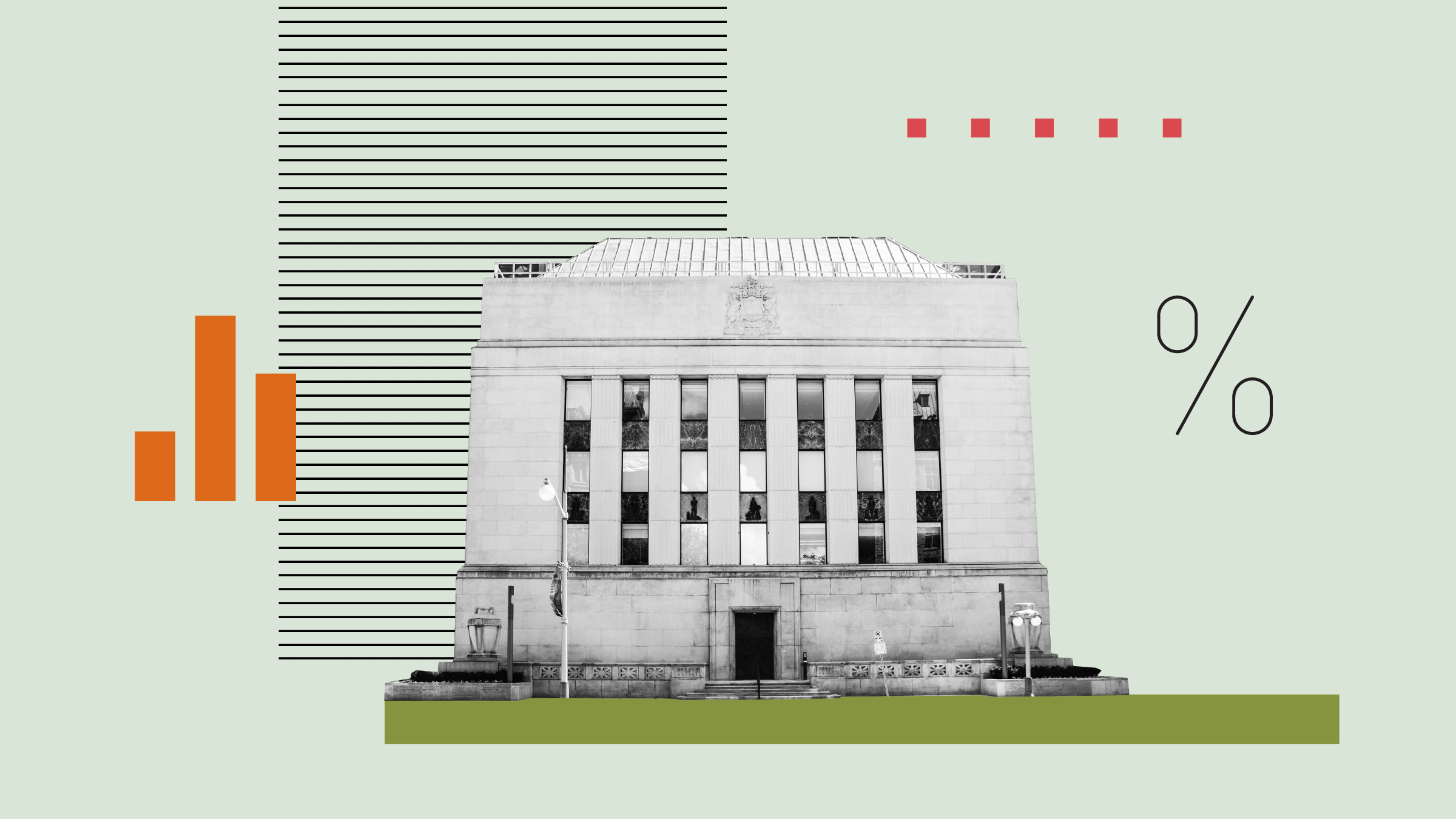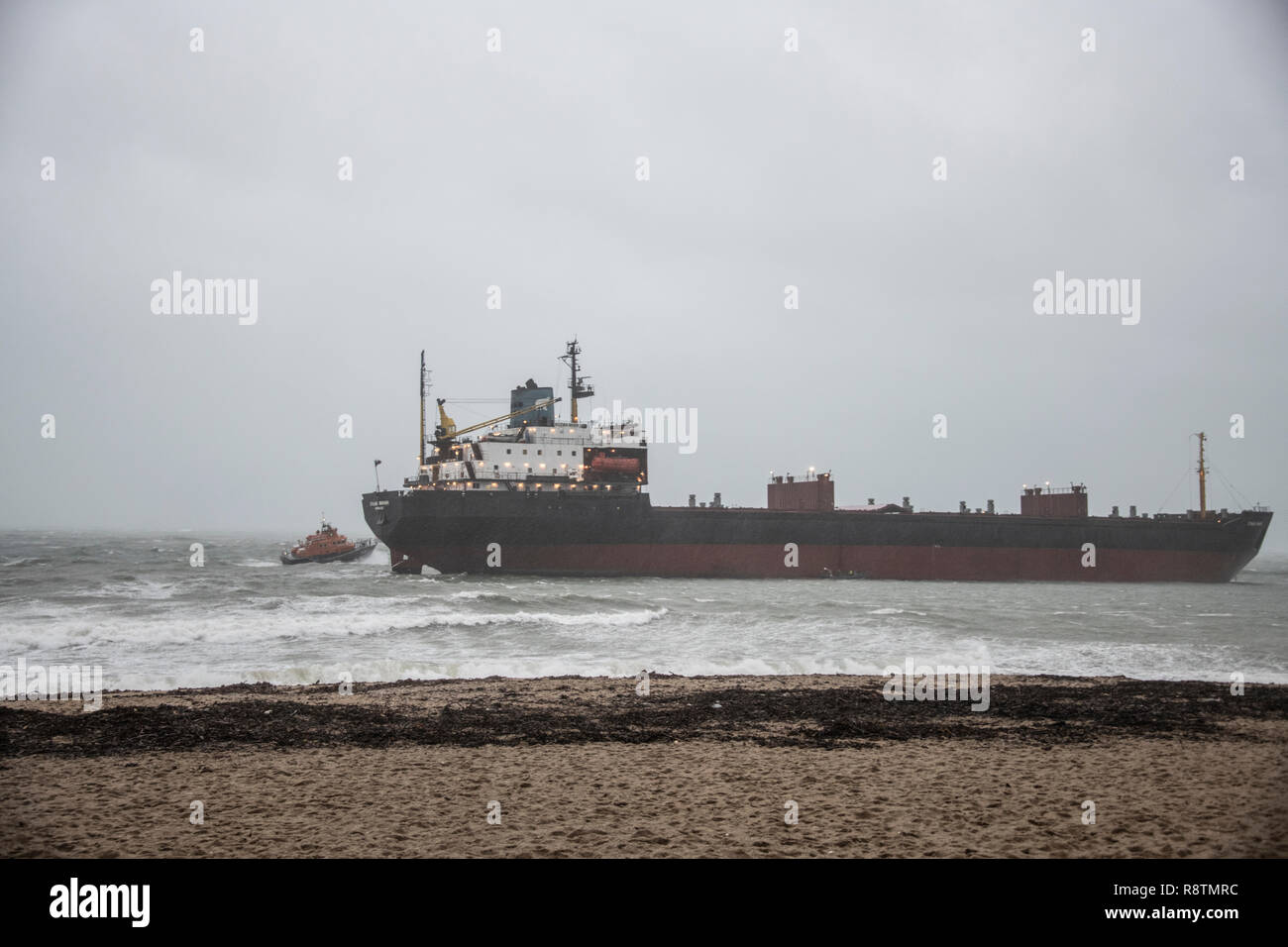Flash Flood Preparedness: Your Guide To Flood Warnings And Emergency Actions

Table of Contents
Understanding Flash Flood Warnings and Risks
Flash floods are characterized by a rapid and sudden rise in water levels, often overwhelming normally dry areas within a short period. Knowing the difference between a flash flood watch and a flash flood warning is critical. A flash flood watch means conditions are favorable for flash flooding to develop. A flash flood warning, however, signifies that flash flooding is occurring or is imminent. You should take immediate action when a warning is issued.
Several factors increase your flash flood risk. These include:
- Heavy rainfall: Intense, short-duration rainfall is the primary cause of flash floods. Areas with poor drainage are particularly vulnerable.
- Steep terrain: Water flows much faster downhill, leading to rapid rises in water levels in low-lying areas.
- Urbanization: Increased impervious surfaces (roads, buildings) prevent water from absorbing into the ground, increasing runoff and accelerating flash flooding.
To stay informed, utilize these resources:
- National Weather Service (NWS): The NWS provides critical weather alerts and forecasts.
- NOAA Weather Radio: A dedicated radio system providing continuous weather information, including flash flood warnings.
- Weather Apps: Many reliable weather apps offer real-time alerts and forecasts directly to your smartphone.
Remember to:
- Sign up for emergency alerts from your local government.
- Download a reliable weather app and enable push notifications for severe weather alerts.
- Know your risk: identify areas prone to flooding in your community by consulting local flood maps.
- Understand the different levels of flood warnings issued by the NWS.
Building Your Flash Flood Emergency Plan
A comprehensive emergency plan is paramount for effective flash flood preparedness. This plan should include:
- Evacuation routes: Identify multiple escape routes from your home and neighborhood to higher ground. Know the location of local shelters.
- Family communication plan: Designate an out-of-area contact person who family members can check in with. Establish a meeting point in case of separation.
- Emergency kit: Assemble a well-stocked kit (discussed in detail below).
- Flood insurance: Consider purchasing flood insurance, as it's often not covered by standard homeowner's insurance.
Here's how to build your family communication plan:
- Develop a family communication plan with designated contact persons.
- Identify multiple evacuation routes and safe zones, considering potential road closures.
- Practice your plan regularly with family members, especially children.
Assembling Your Emergency Kit
Your emergency kit should include essentials to sustain you for at least 72 hours. Consider these items:
- Water: One gallon per person per day.
- Food: Non-perishable, easy-to-prepare items.
- First-aid kit: Include essential medications.
- Flashlight and extra batteries: Essential for navigating darkness during a power outage.
- Portable radio: Stay updated on weather reports and emergency information.
- Waterproof bags: Protect important documents and valuables.
- Water purification tablets: Essential if your water supply is compromised.
- Blankets or sleeping bags: For warmth and protection.
- Whistle: To signal for help.
Emergency Actions During a Flash Flood
If a flash flood warning is issued, act immediately.
- Evacuate immediately: Follow instructions from emergency officials.
- Move to higher ground: Get to a safe location above the anticipated floodwaters.
- Never drive or walk through floodwaters: Floodwaters can be deceptively deep and swift, concealing hazards and debris. The force of moving water can sweep vehicles away.
- Turn off utilities: Shut off gas, electricity, and water if instructed to do so by authorities.
- Stay informed: Continue monitoring official channels for updates and instructions.
Post-Flood Recovery and Safety
After the floodwaters recede, safety and careful assessment are crucial:
- Assess the damage: Carefully inspect your property for damage, taking photos for insurance purposes.
- Contact your insurance company: Report the damage as soon as possible to begin the claims process.
- Avoid contact with floodwater: Floodwater can be contaminated with sewage and hazardous materials. Wear protective gear during cleanup.
- Use caution when entering your home: Be aware of potential structural damage and hazards.
- Seek professional help: For major repairs and cleanup, seek the help of qualified professionals.
Conclusion
Flash flood preparedness is not just about surviving a flood; it's about minimizing its impact on your life and property. By understanding the risks, creating a detailed plan, and knowing what actions to take before, during, and after a flash flood, you can significantly reduce your vulnerability. Don't wait for a flash flood to strike. Start your flash flood preparedness plan today. Learn more about flash flood safety and create your personalized emergency kit. Take control of your safety and protect your loved ones.

Featured Posts
-
 Avrupa Borsalari Guen Sonu Raporu Karisik Bir Seyir
May 25, 2025
Avrupa Borsalari Guen Sonu Raporu Karisik Bir Seyir
May 25, 2025 -
 Bank Of Canada Rate Cut Less Likely After Strong Retail Sales Figures
May 25, 2025
Bank Of Canada Rate Cut Less Likely After Strong Retail Sales Figures
May 25, 2025 -
 George Russells Future At Mercedes Will He Stay The Key Factor
May 25, 2025
George Russells Future At Mercedes Will He Stay The Key Factor
May 25, 2025 -
 Container Ship Runs Aground On Front Lawn Full Cnn Report
May 25, 2025
Container Ship Runs Aground On Front Lawn Full Cnn Report
May 25, 2025 -
 Demna Gvasalia Reshaping Guccis Brand Identity
May 25, 2025
Demna Gvasalia Reshaping Guccis Brand Identity
May 25, 2025
Latest Posts
-
 Maryland Mourns The Loss Of Legal Luminary George L Russell Jr
May 25, 2025
Maryland Mourns The Loss Of Legal Luminary George L Russell Jr
May 25, 2025 -
 Claire Williams And George Russell A Complex Relationship In Formula 1
May 25, 2025
Claire Williams And George Russell A Complex Relationship In Formula 1
May 25, 2025 -
 Did Claire Williams Wrong George Russell A Critical Examination
May 25, 2025
Did Claire Williams Wrong George Russell A Critical Examination
May 25, 2025 -
 George Russell Pays Off 1 5m Debt Signals Point To A New Mercedes Contract
May 25, 2025
George Russell Pays Off 1 5m Debt Signals Point To A New Mercedes Contract
May 25, 2025 -
 Analyzing The Impact Of Claire Williams Decisions On George Russells Career
May 25, 2025
Analyzing The Impact Of Claire Williams Decisions On George Russells Career
May 25, 2025
